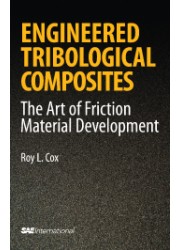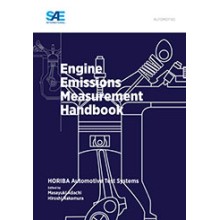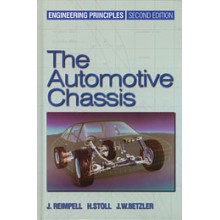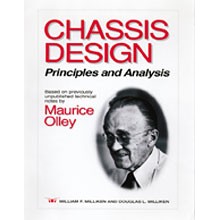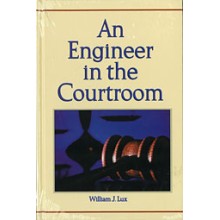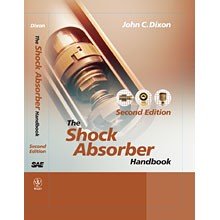Engineered Tribological Composites
Quantity:
-
Add to Compare
Roy Cox provides readers with a thorough presentation of the topic, beginning with the earliest work on brakes by Frood in the early 1900s and friction studies by daVinci in the 1400s. From there, details about the processes of wear and the components of tribological systems are presented. Methods of manufacturing friction materials are described, and the elements of friction material are detailed—binders, fibers, abrasives, and lubricants.
A large portion of the book delves deeply into materials for binders, resins, fibers, abrasives, lubricants, and fillers, providing background on the various materials, their pros and cons, and numerous ways they can be applied to friction systems. Much of this discussion focuses on the compositional makeup and effects of ingredients as they relate to the wear and friction performance of the final product.
Readers will gain a solid background about tribology, as well as a solid understanding of matrices, fibers and additives that make up engineered tribological composites. They will learn how manufacturing affects these composites, along with how friction and wear affect those materials. They will gain a better understanding of which materials provide the optimum balance of cost, friction and wear for various applications, enabling them to better create and apply engineered tribological composites for whatever application is at hand.
Write a review
Your Name:Your Review: Note: HTML is not translated!
Rating: Bad Good
Enter the code in the box below:
Copyright © 2014 Engineering Standards Bureau. All Rights Reserved.
Developed By Zoom Into Web


